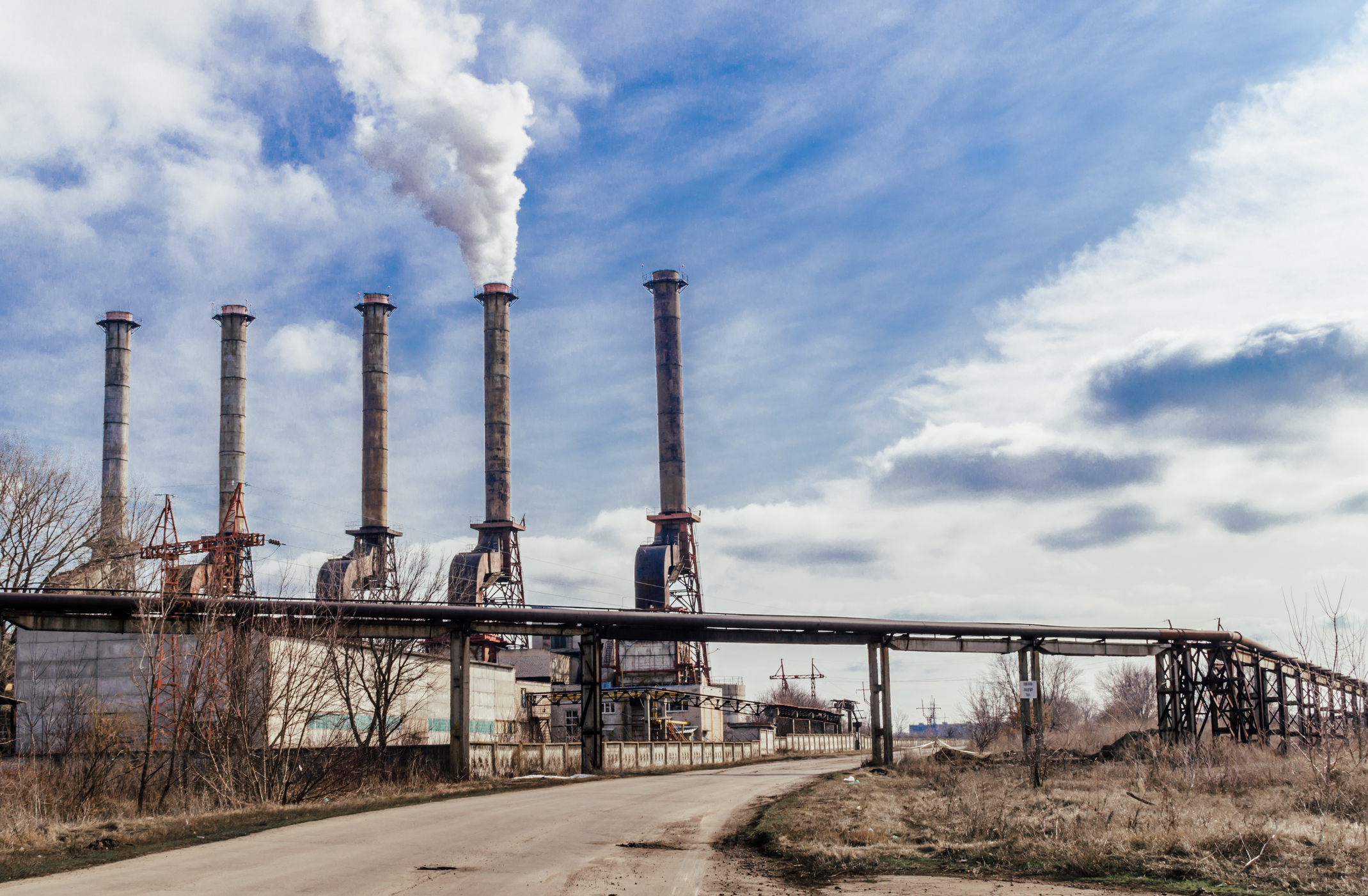
What is the cost of emitting soot into the atmosphere? The answer is unclear, yet it plays an important role in policymaking.
When it comes to regulatory policy, we rarely encounter simple answers. For example, what is the cost of emitting carbon dioxide into the atmosphere? Depending on the underlying assumptions, the answer to that question can vary from $11 per ton to an extreme of $105 per ton. And that answer may change over time with additional data and analysis.
Measuring the cost of particulate matter—the tiny particles or soot floating in the air from auto exhaust and other sources of combustion that cause respiratory illness—yields a similarly wide expense range. Yet the monetary value assigned to particulate matter reductions and other clean air benefits plays an important role in policymaking because agencies often rely on these estimates to justify new regulations.
Indeed, the Supreme Court weighed in on the issue last year in a case that challenged environmental regulations to lower emissions of particulate matter and other toxins from power plants. Litigants sparred over the U.S. Environmental Protection Agency’s (EPA) calculation, which translated to $1 billion in clean air benefits per 912 tons of reduced particulate matter.
But this ratio, $1 billion in benefits for a 912-ton decline in particulate matter emissions, is not standard across major rulemakings by EPA or other federal agencies.
Consider automobile fuel efficiency standards set by EPA and the U.S. Department of Transportation in effect through 2025. The agencies estimated improved fuel economy would reduce particulate matter exposure by 1,254 tons, which agency officials equated to $1.6 billion in benefits. The fuel standards for 2012 to 2016 rulemakings, on the other hand, cut more than three times as much particulate matter, yet generated just $850 million in benefits.
The final phase of recent greenhouse gas standards for heavy-duty trucks offers an even starker example of the disparate values assigned to particulate matter reduction. The new standards for trucks cut particulate matter and nitrogen oxide by more than 576,000 tons combined. Yet regulators equated these particulate matter and nitrogen oxide reductions—which are commonly combined to measure tonnage reductions—to just $15.3 billion in benefits. This means the agencies treated emissions reductions from trucks as 41 times less valuable than the pollution reductions from power plants discussed before the Supreme Court.
I reviewed a sample of 11 recent EPA rulemakings and found that to generate $1 billion in clean air benefits, the average regulation had to eliminate 5,416 tons of air pollution. For perspective, the nation emitted 4.9 million tons of particulate matter and 12.2 million tons of nitrogen oxide in 2014. Thus, regulators may value a 0.04 percent reduction in pollution at $1 billion.
The range of reductions needed to generate $1 billion in benefits invites inquiry into why there is so much variation in the estimated benefit of removing one ton of particulate matter or nitrogen oxide from the atmosphere. Generally, regulations controlling for “mobile” emissions—in cars, for example— require more reductions (8,879 tons) to generate the same benefits than emissions from “stationary” sources like power plants (2,530 tons). Surveying the 11 relevant rulemakings, however, is hardly a sufficient sample size to draw any firm conclusions.
Conflicting policies from the White House’s Office of Information and Regulatory Affairs may help explain the calculation variances, at least in part. The Office generally assumes that “all fine particles, regardless of their chemical composition, are equally potent in causing premature mortality.” However, another assumption acknowledges that per-ton reduction benefit estimates are based on a national analysis, which “may not reflect local variability” in factors such as population density, public health, and weather patterns. Assuming uniformity yet admitting benefits change by location may help explain the differing calculations found in major regulations.
The relationship between greenhouse gas and particulate matter emissions likewise reveals inconsistent ratios across different rulemakings. For example, automobile fuel efficiency standards through 2025 aim to eliminate more than 1.9 billion cumulative tons of greenhouse gas, with a commensurate reduction of 26,326 tons of particulate matter and nitrogen oxide. This yields a ratio of 24,880 tons of greenhouse gas reduction for every one ton of particulate matter or nitrogen oxide avoided. On the other extreme, the heavy-duty truck standards mentioned above seek to eliminate one billion tons of greenhouse gasses while reducing particulate matter and nitrogen oxide by 576,000 tons; the resulting ratio of 1,820 tons of greenhouse gas per ton of particulate matter or nitrogen oxide brings the pollutant groups much closer together than auto emissions standards.
I also faced a small sample size of major greenhouse gas regulations—only five rules—but on average it takes 35,370 fewer tons of greenhouse gas to cut a single ton of particulate matter or nitrogen oxide. If future U.S. Presidents quadruple the efforts of the Obama Administration to cut greenhouse gas emissions, then—holding the ratio I uncovered in my survey constant—the calculated particulate matter benefits could eclipse $1 trillion cumulatively.
Regardless of the specific dollar value of benefits per ton in the future, with 17.1 million tons of particulate matter and nitrogen oxide emitted annually, and a regulatory agenda designed to address greenhouse gas emissions into the next decade, particulate matter reduction benefits will continue to play an important role in upcoming regulatory analyses. Even though the nation has already witnessed much Supreme Court litigation over EPA regulations and their benefit-cost analyses, I expect particulate matter reductions will continue to cause controversy between the regulated and the regulators for many years to come.




